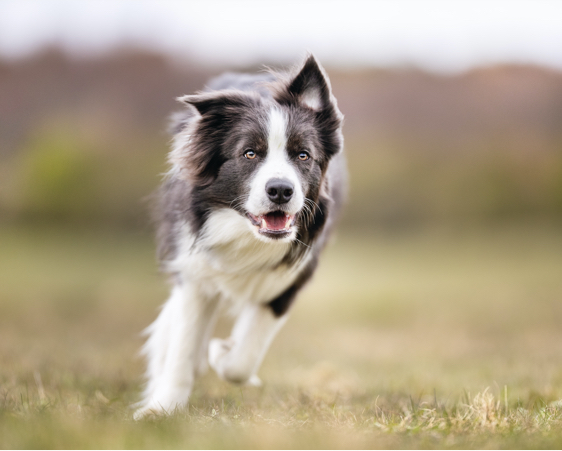Have you taken inventory of your medicine cabinets lately? Are you properly storing lawn and garden pesticide containers? When you tidy up around the house, do you put food, liquor and tobacco products safely out of harm’s way? These precautions are second nature to households with children, but homes with animals must be just as secure.
Aspirin and other pain relievers are in almost every home, and these poisonings can be severe. When aspirin is prescribed for animals, the dosage must be strictly followed. Too much aspirin can lead to anemia and bleeding stomach ulcers. Ibuprofen and naproxen will cause painful gastrointestinal problems. One 200mg ibuprofen tablet is toxic to a small dog.
Never give acetaminophen to a cat or dog. The drug affect cats oxygen in the blood and it produces severe depression. It also produces abdominal pain in dogs. If not quickly eliminated from the body, just two extra-strength tablets in 24 hours will most likely kill a small pet. Clinical signs in cats develop within one or two hours and include excessive salivation, paw and facial swelling, depression, and ash-gray gums. In dogs watch for anorexia, vomiting, depression, and abdominal pain. High doses are usually fatal.
There are neurological poisons found in lawn and garden pesticides, insecticidal aerosols, dips and shampoos products. Signs of toxicity include apprehension, excessive salivation, urination, defecation, vomiting and diarrhea, tremors, seizures, hyper-excitability or depression and pinpoint pupils. If an animal has absorbed enough of any neurological toxin, sudden death may be the only sign.
Coumarins, most recognizable as D-Con, a rat and mouse poison, affect the ability of the blood to clot. Mice that consume the poisoned grain essentially bleed to death. Your pets will be affected the same way, and the severity of the symptoms often depends on the amount ingested. Cats that eat poisoned mice can also become ill if the levels of poison are high enough. If you find an empty box of rat poison bring your pet into the veterinarian immediately. Tell them about the recent exposure so that they can implement the proper monitoring protocols. Additionally, if you see labored breathing, anorexia, nosebleeds, bloody urine or feces and pinpoint hemorrhages on the gums, take your pet to the veterinarian immediately.
Garbage is not often regarded as poisonous. However, toxins are produced by bacteria fermenting the garbage. Rapid and severe signs include vomiting, bloody diarrhea, painful abdominal distention, shivering, shock, and collapse.
How should pets be protected from these poisons? Some very simple rules to follow are:
- Properly dispose of and store all pesticide containers up and out of sight of your pets. Make sure the lids are tight and the containers are undamaged.
- Use cords or locking lids for garbage cans. Put them in a heavy frame to prevent knock-down.
- Keep pets off lawns sprayed with chemicals. Consult with the lawn care company for proper information on drying time and compounds used. Wash pets’ feet with mild soap and water if exposed.
- Keep your pets out of vegetable and flower gardens.
- Encase compost piles or use commercially made containers.
- Never assume that a human drug is applicable to an animal unless a veterinarian instructs you to use it.
What is poisonous?
Here is a quick reference guide to the more common house and garden plants and foods that are toxic to most all animals and children. If you have these plants or foods, you need not dispose of them-just keep them away from pets and children.
Cardiovascular Toxins
|
|

